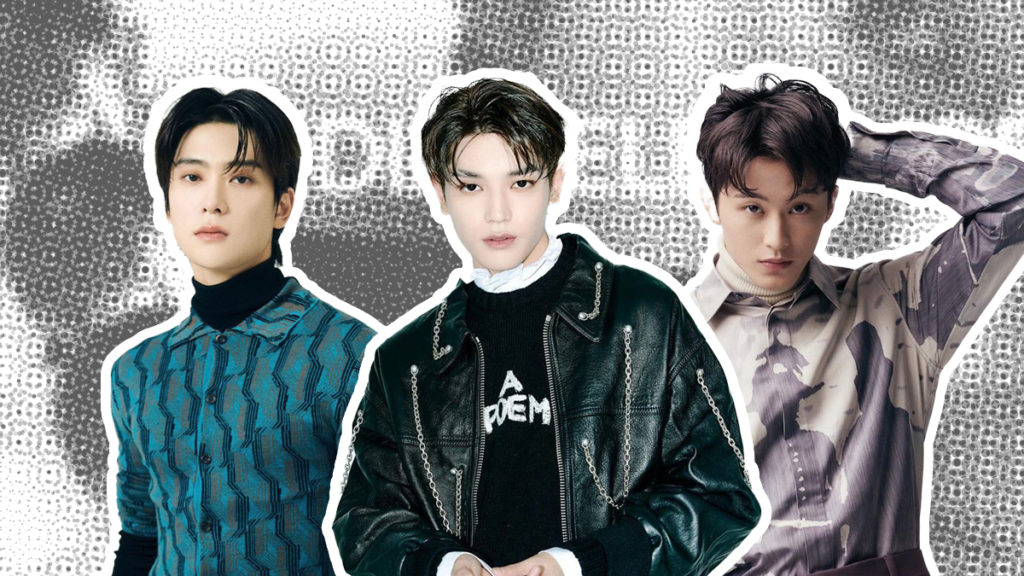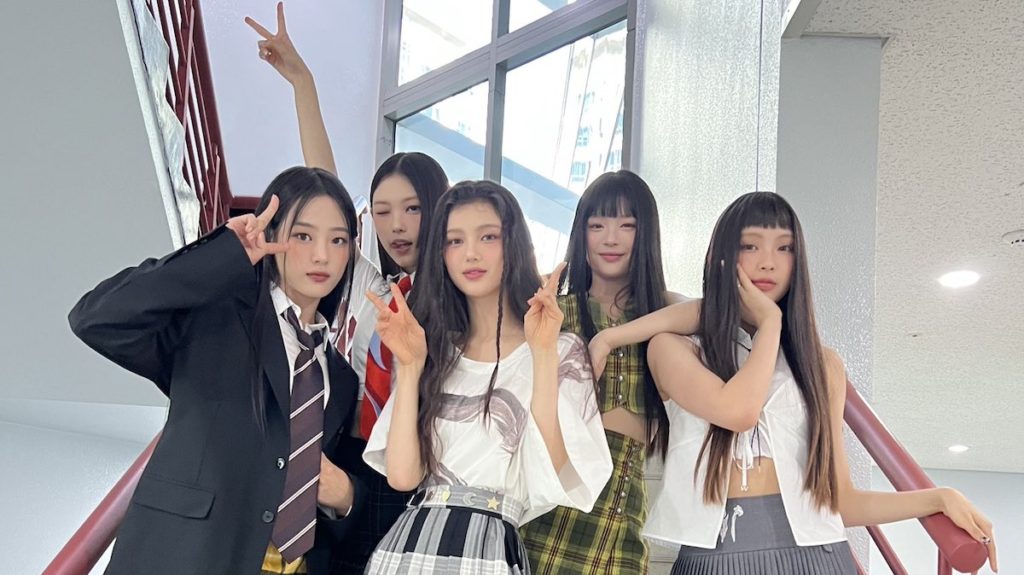Makeshift and housed in the hub of Manhattan, Advertising Week NYC wrapped up a successful convention this past week. From conversations about elevating brands to tips on engagement, the bustling event featured over 500 sessions with over 1,200 industry professionals as speakers.
As the digital age continues to evolve, brands and marketers have continued to adapt and find ways to stay relevant. Appealing through social media to creating advertisements targeted toward specific consumers such as Gen Z. With a notable increase in audience tapping into the gaming world, companies have now been taking the leap into this new world. Throughout the week, multiple field experts dove into “unlocking player attention” and creating intentional connections with consumers in virtual world landscapes.
Exponential Shifts in Attention
Up until 20 years ago, the world was limited to print, radio, and television, making these the only avenues for brands to market on. Charles Hambro, CEO and cofounder of GEEIQ, opened his panel by explaining a brief history of the “evolution of attention.” At the time, brands had to go through mass media companies, like Condé Nast, in order to reach their targeted audience, Hambro mentioned.
With the rise of the internet, this barrier was stripped, making it easier for brands to be able to market themselves online without having to go through gatekeepers. High audience engagement shifted toward social media with its increase of short-form content, which is seen as quick and digestible. With people’s attention span decreasing, brands continuously have to adapt to changes in order to effectively engage with audiences.
In recent years, brands have now been shifting gears to where the attention has moved toward next — the gaming world. According to an analysis by GEEIQ, presented during his talk, there is an average engagement time of 1.3 seconds for 2D content, as seen on social media. In contrast, there is an average engagement time of 11 minutes for 3D content, as seen on virtual gaming platforms. People are more engaged in games than they are in regular social media.
“People are no longer going into games to play, they’re actually going into games to socialize,” Hambro said.
He then mentioned the idea of gaming shifting from a solitary experience to a socializing one. With the option to not only engage with friends but connect with people all over the world, these virtual worlds open a new avenue for connection.
Virtual Worlds is Where It’s At
Once it became apparent that immersive gaming was becoming the next big trend, brands started working on new strategies. As people start to engage with and spend more time in virtual worlds, brands need to be mindful of how they show up.
“The key is remembering your audience is here [on gaming platforms],” Jordan Shlachter, Head of Gaming Business Success for Activision Blizzard Media, said during another panel about tapping into player’s attention. “The question is where are they gaming? How are they gaming? And how do they want to be spoken to in that environment?”
The first strategy is to meet the consumer where they are at. One method companies, like Activision Blizzard Media, have done is run tests in order to analyze how people respond to immersive games.
One way to test is to measure the audiences’ reactions to the immersive advertisements planted in games as well as brands’ collaborations with other gaming platforms. If consumers disengage when an advertisement pops up during the game, it may be time to find another way.
Attention can be seen as currency in this economy. By understanding how consumers’ attention spans range during gameplay, it makes leeway for companies to start testing what works for them.
Storytelling and Authenticity
During a panel about “shaping the future of consumer engagement” through virtual gaming platforms, representatives from brands discussed the importance of authenticity and staying true to their legacies as they find ways to engage.
It’s easy for brands to put out advertisements to promote themselves, but it’s another beast to tackle by making something that captures the attention of people.
“We could have very easily had a few banner ads on social [media] online, but instead decided, let’s make sure we’re storytelling in a new way that immerses the audience within,” Cameron Curtis, Executive Vice President of Global Digital Marketing of Warner Bros, mentioned.
For their type of audience, the storytelling component is important as it can be seen as an extension of any film or TV series they are currently marketing. Curtis talked about recreating the world of a recent film in a popular virtual game and being able to sell tickets through the game.
Jess Park, Senior Vice President and Chief of Brand and Fan Engagement for the U.S. Olympic & Paralympic Committee (USOPC), also spoke about the process of taking athletes and configuring their movements and styles into the same virtual platform.
Both had spoken about the success they gained in reaching these targeted “fandoms” as well as reaching new and incoming consumers. Advertisements of both brands’ collaborations with this platform were shown during their panel and provided examples of how they are engaging with the audience. By taking time to co-create with the gaming platform and build intriguing worlds, both Park and Curtis noted great engagement success.
“Remember who your audience is and build for them,” Park said.
The world of gaming is becoming the future. Through meeting the consumers where they are — in these immersive worlds — they continue to strive in building a bigger and loyal audience.
Interested in reading about how gaming and culture intersect? Read our interview with Brian Peng here!




